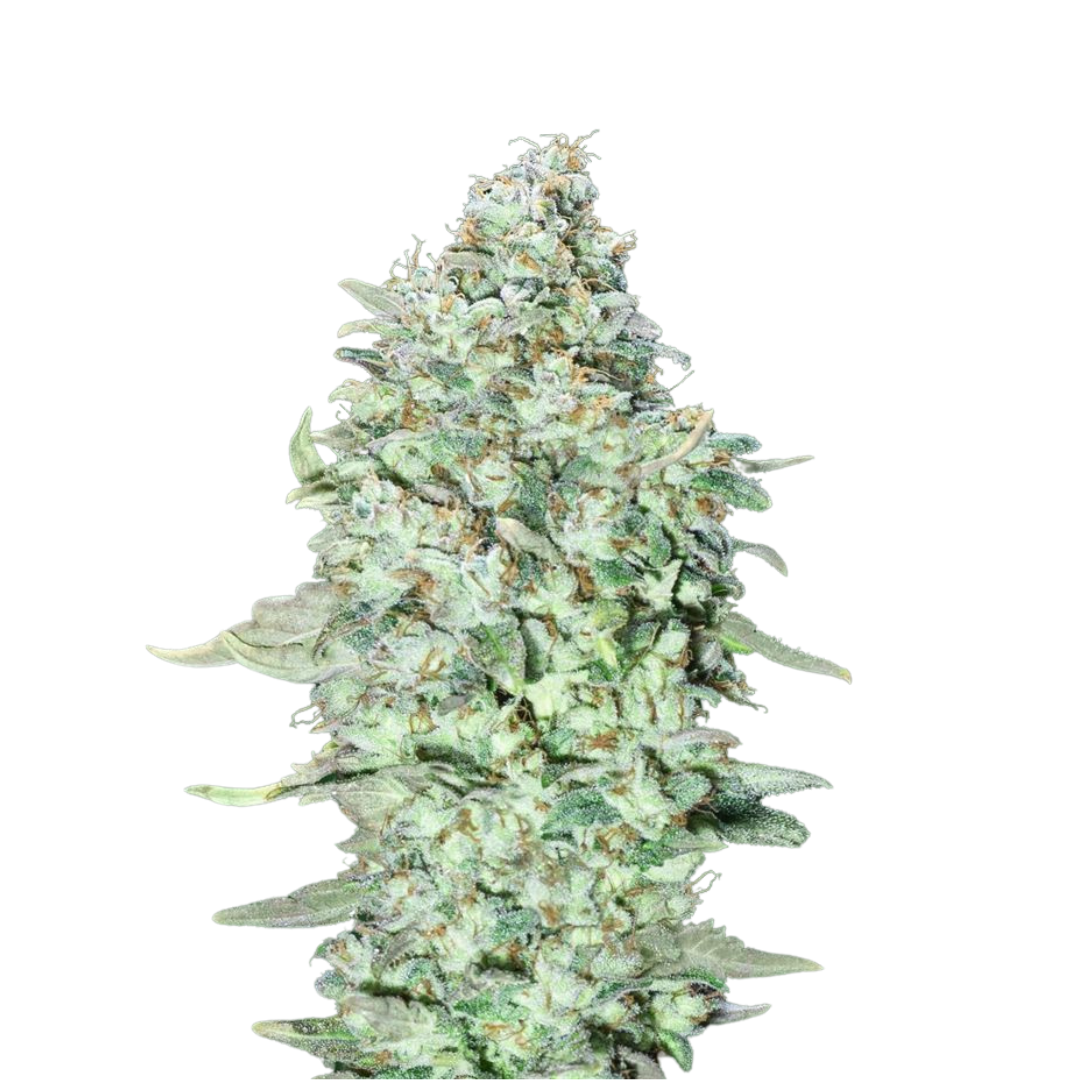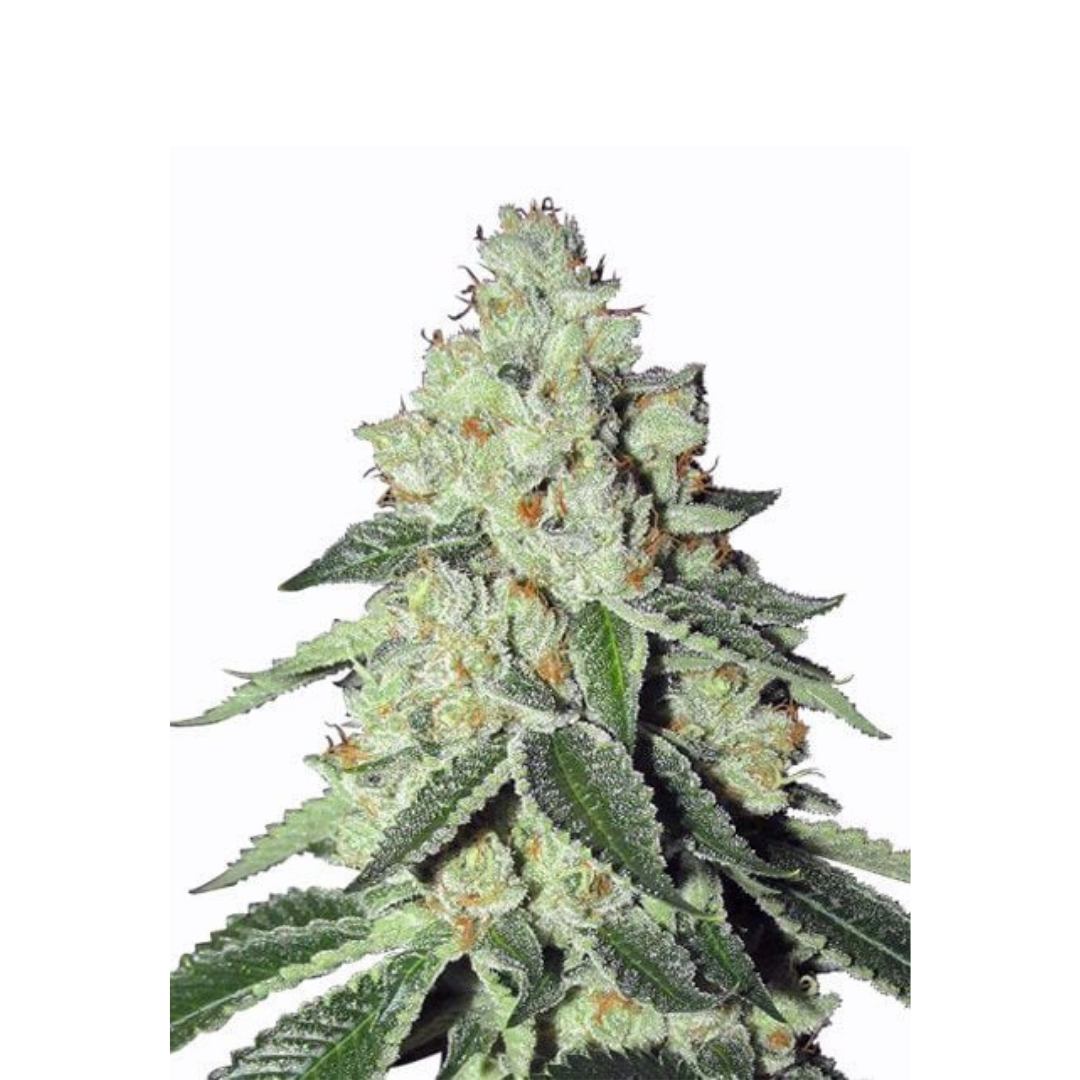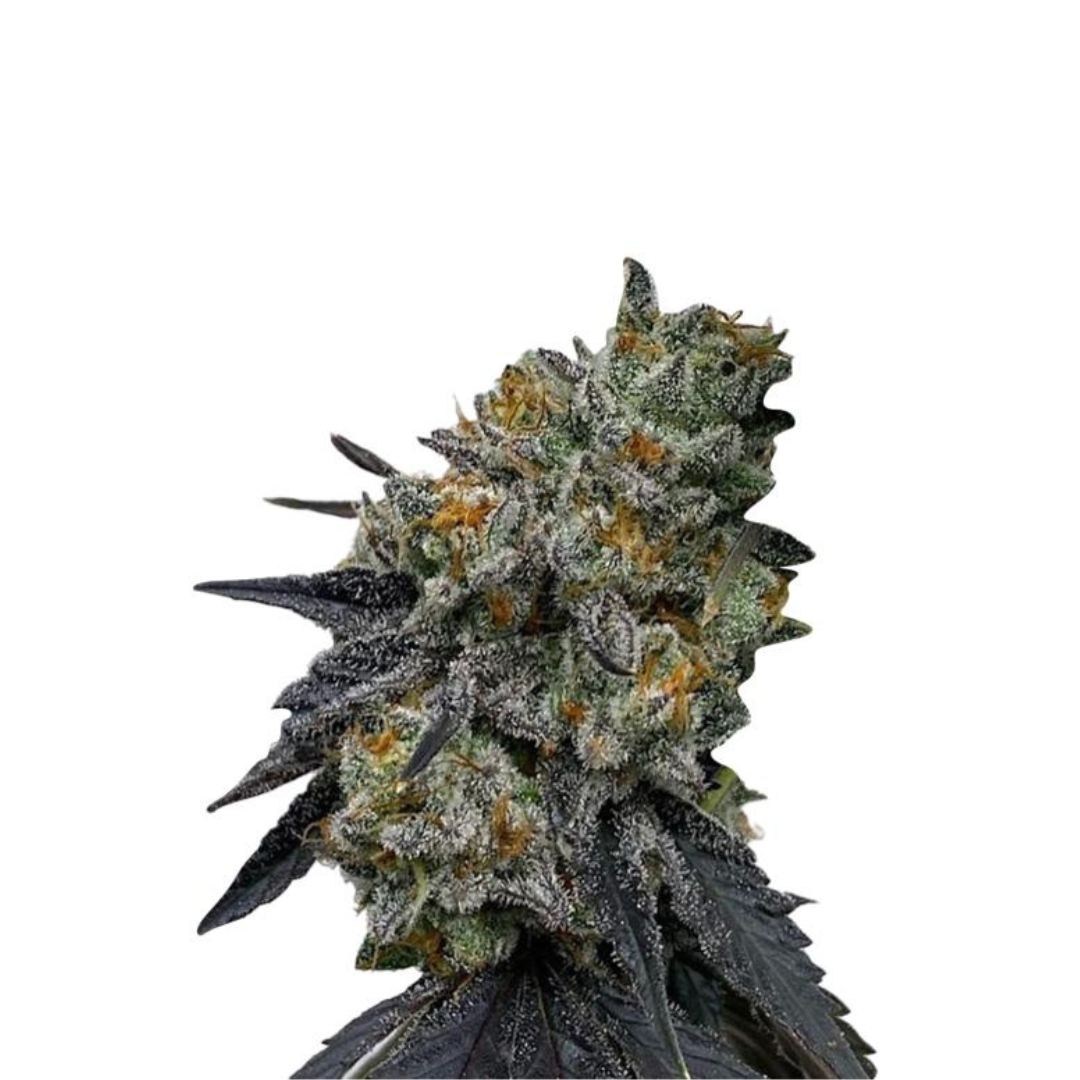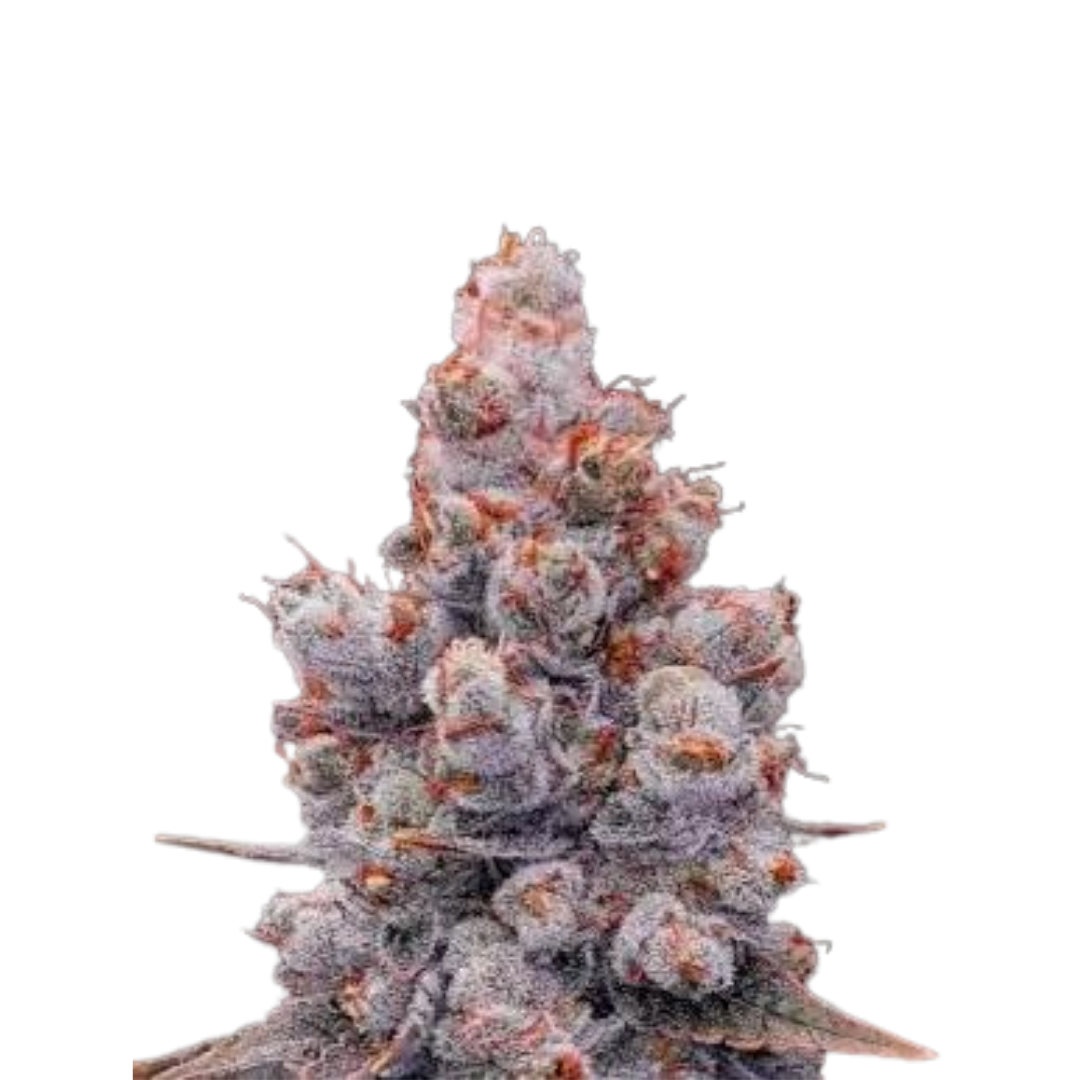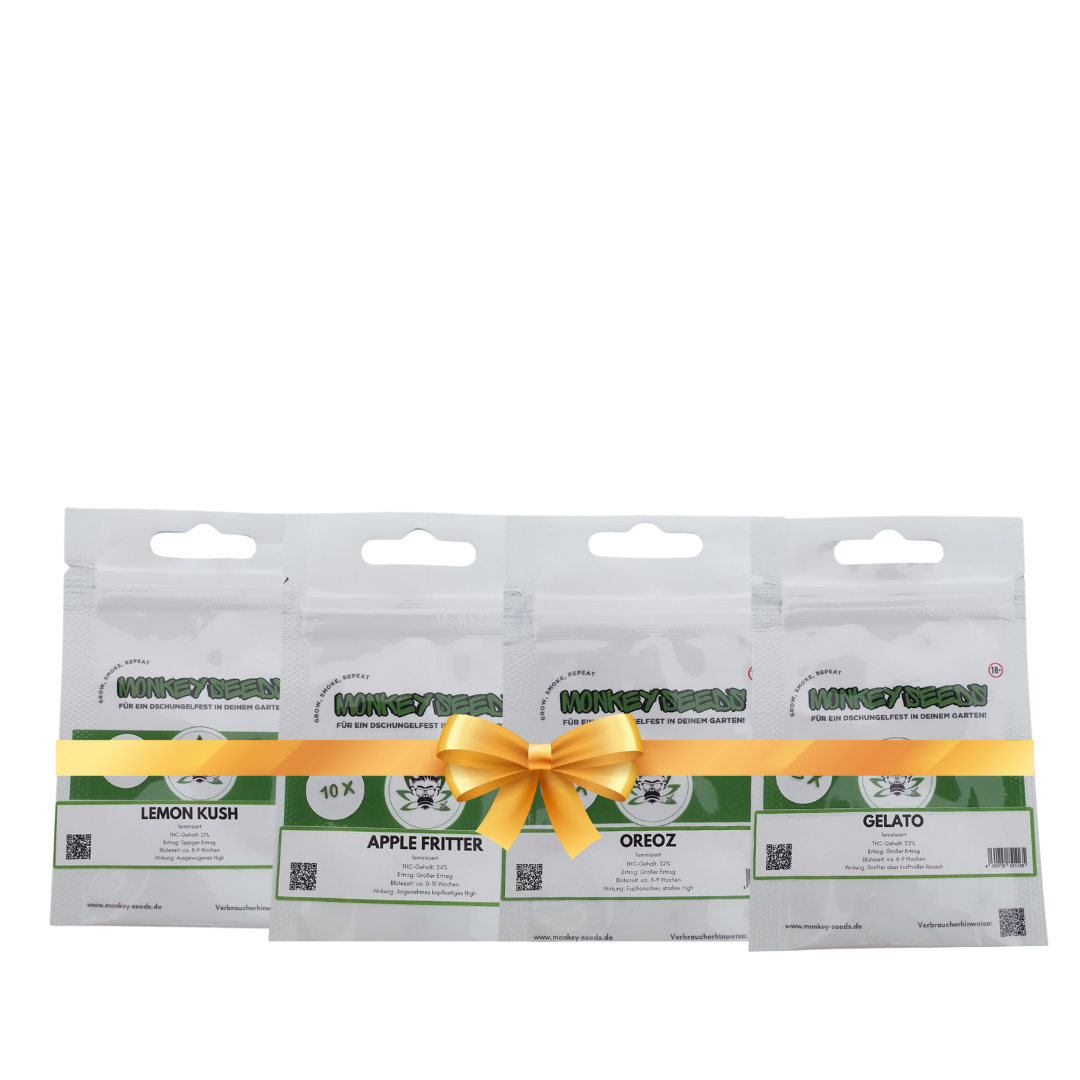Terpene Isolation and Extraction Methods: A Comprehensive Guide
Terpenes can be extracted and isolated from cannabis for a variety of uses. Extraction methods range from extremely simple to highly complex, sometimes requiring specialized equipment while others can be done at home. Find out more below.
Terpenes and terpenoids are widespread in nature and are responsible for most plant aromas. The understanding of the diversity of these compounds and their mechanisms of action is still incomplete, but they seem to work in strange and wonderful ways.
Terpenes are coveted primarily for their scents, which has led to various extraction processes to isolate them. As cannabis becomes more widely accepted, more and more people are turning to this aromatic plant as a source of terpenes. Here's everything you need to know about their extraction.
Understanding Terpenes: The Aroma of Cannabis
Terpenes are the main compounds that give cannabis its diverse and distinctive flavors, and the more this plant and its compounds are studied, the more we discover about their fascinating properties.
It turns out that terpenes are not only responsible for aromas, but can also affect mental states and physiology. Although they are not considered drugs themselves, terpenes do have certain effects. If you've ever wondered why lavender is calming or eucalyptus is refreshing, it's largely due to the effects of terpenes.
These aromatic compounds are widespread in nature and play an important role in the plant world. They protect plants from pests, promote pollination and have numerous therapeutic properties. The growing understanding of the diversity and function of terpenes opens up new applications in various fields such as aromatherapy, cosmetics and medicine.
The importance of terpenes in the cannabis industry
Terpenes are coveted in the cannabis industry for more than just their flavors and aromas. More and more people are seeking out specific terpene ratios because they are believed to alter the effects of THC in a positive way. It is thought that the differences in the effects of different strains may be due to the differences in terpene ratios.
Terpenes have become so important that many cannabis strains are sought after primarily for their taste rather than just their effects. A look at the extensive catalog of cannabis seeds quickly shows that taste is often the distinguishing feature.
Breeders are experimenting with the different interactions between terpenes and cannabinoids to develop strains that have specific effects. These targeted breeding methods are designed to help further refine and improve the consumer experience.
Terpene extraction and distillation methods: Why are they used?
Terpenes are often extracted from plants, including cannabis, to isolate the scents and flavors and use them in various products. These terpenes can be added to essential oil blends, foods, perfumes, household cleaning products, or even other cannabis products.
While cannabis extracts typically contain both terpenes and cannabinoids, terpene isolates consist of pure terpenes. While isolating terpenes can be challenging, they allow for more versatile uses, such as adding them to foods or cannabis products.
Extracted terpenes can also be used for less honest purposes. Low-quality buds can be sprayed with extracted terpenes to give them the taste and scent of high-quality cannabis flowers. This isn't necessarily a bad thing when it comes to flavoring cannabis, but it can be used to make low-quality buds seem better, thus deceiving the buyer.
Methods of terpene isolation and extraction
Below we explain different methods for extracting and isolating terpenes, starting with the simpler ones that are suitable for home use, to more advanced methods that require special equipment and training.
Enfleurage
Enfleurage is a simple process that involves extracting terpenes from plant material into fat. There are two variations: cold and hot enfleurage.
- Cold enfleurage: Aromatic plant material (such as cannabis flowers) is left in fat for 1-3 days. During this time, the fat extracts the terpenes. The longer the material remains in the fat, the more effective the extraction.
- Hot enfleurage: The fat is heated until it melts and the cannabis flowers are stirred in. This method is faster but more complicated. After cooling, an enfleurage pomade remains.
To obtain pure terpenes, the fat can be purified with a solvent that extracts the terpenes from the fat.
Hot and cold pressing
This method, which is also used to make rosin, produces a cannabis concentrate that contains both terpenes and cannabinoids.
- Hot pressing: Raw plant material, kief or hash is pressed between rosin plates or a flat iron. The resin that comes out is collected. This method is effective but can destroy some terpenes.
- Cold pressing: This method is less effective but results in a purer product because it destroys fewer terpenes.
Steam distillation
Steam distillation uses steam at low temperatures and pressures to extract terpenes from cannabis. The steam condenses and contains the terpenes. However, if the steam is too hot or under too much pressure, the terpenes can be destroyed.
Soxhlet extraction
This method uses distillation, percolation and solvents. The plant material is immersed in a solvent and gently heated. The vapor passes through a percolator and is distilled. The distilled solvent contains a pure terpene extract.
Solvent extraction
Solvents such as ethanol can be used to extract terpenes. Cannabis is immersed in the solvent, extracting the terpenes. This method is similar to the production of cannabis concentrates.
Solvents have the advantage of a low boiling point, which causes them to evaporate There are three main types of vacuum distillation: short path, fractional and thin film distillation
Accelerated solvent extraction (ASE)
This method combines pressure and heat with a solvent to improve the efficiency of the extraction. The heat and pressure must not be too high to avoid destroying the terpenes. ASE is particularly useful when efficiency is a critical factor. It can be used with a variety of solvents and must be adapted to the specific solvent.
Ultrasound-assisted extraction (UAE)
UAE is an interesting method that works with water. Ultrasonic waves are sent through water, creating tiny air bubbles that compress and expand. When they reach a certain size, the bubbles implode with considerable force, bursting the plant tissue and releasing the terpenes. This method allows for the production of pure and high-quality terpene extracts from cannabis.
Pulsed Electric Fields (PEF)
PEF is a non-thermal approach to extraction that produces high-quality products. Electronic pulses create irreversible breaches in cell membranes, making them permeable and releasing their contents. This technique is considered novel and has even been described by some sources as "groundbreaking."
Supercritical CO₂ extraction
Supercritical CO₂ extraction is a very popular method for extracting cannabinoids and terpenes. It involves pumping supercritical CO₂ through an extraction vessel containing cannabis flowers, extracting the desired compounds.
But what does "supercritical" mean? When CO₂ is heated to 31°C and placed under high pressure, it maintains a liquid form. This dense version of relatively hot CO₂ is extremely effective at extracting compounds from solids.
products are not always the purest, solvent extractions are common in the cannabis industry because they are simple and effective.
Vacuum distillation
This advanced technique is less suitable for home use. Vacuum distillation involves heating and evaporating a solvent in a vacuum. The low boiling points in the vacuum and the absence of oxygen prevent the oxidation of the terpenes, which improves the quality of the final product.
The many methods of terpene isolation
There are numerous ways to extract terpenes from cannabis plants. While the cannabis industry is booming, the terpene industry is also constantly evolving. Every year, new, more efficient and interesting methods emerge to aid these processes.
Extracted terpenes are mostly used for good purposes, such as in essential oil blends, edibles, perfumes, and other cannabis products. However, they could sometimes be used to add more aroma and flavor to low-quality buds to deceive buyers and command higher prices. However, this problem is not too common at present.
Despite the complexity of modern extraction and isolation methods, there are also simple and accessible methods that can be used to make your own terpene extracts at home.

